Are You Rewarding Bad Behavior Without Realizing It?
As a dog trainer, one of the most common mistakes I see from dog owners is rewarding bad behavior without realizing it. Dogs are smart, and they quickly learn what works to get your attention. Unfortunately, without realizing it, many of us unintentionally reinforce behaviors we don’t want to see more of.
Let’s take a closer look at how this happens and what you can do to break the cycle.
1. Reinforcing Attention-Seeking Behavior
Dogs love attention. It’s one of their main motivators, and they’ll do whatever they can to get it. If your dog barks, jumps, or paws at you for attention, and you respond—whether it's with petting, talking, or even just eye contact—you're inadvertently reinforcing that behavior. In your dog’s mind, jumping or barking equals getting your attention, so they'll repeat it.
What to do instead: Ignore the bad behavior. It’s tough, especially when they’re jumping or barking right in front of you, but the more you give in, the more they’ll do it. Wait for them to calm down, and only then give them the attention they’re seeking. When they’re calm and sitting nicely, reward them with the attention they want. This helps them learn that calm behavior gets results, not chaos.
2. Giving In to Begging or Whining
Dogs are experts at begging for food or whining for treats, especially when they’ve learned that these behaviors work. Whether it’s at the dinner table, on a walk, or when you’re relaxing on the couch, if you’ve ever given in to your dog’s pleading eyes or whining, you’ve probably rewarded this behavior.
What to do instead: Set clear boundaries. If you don’t want your dog begging for food, don’t feed them from the table. If they whine for attention, simply wait for them to stop and then give them attention when they’re being quiet. Being consistent with your boundaries will teach them that whining or begging doesn’t work, and silence or calmness is what gets them noticed.
3. Over-Rewarding with Treats
Treats are a great training tool when used correctly, but if you give treats out too often, especially for behaviors that aren’t earned, you may be reinforcing bad habits. If you’re giving your dog treats for simply existing or for behaviors that you don’t want to encourage, you're rewarding them for doing nothing or for behaving in ways you want to change.
What to do instead: Be mindful of when and how you reward your dog with treats. Only reward behaviors you want to see more of—sitting calmly, walking on a leash without pulling, or coming when called. Gradually, you can reduce the frequency of treats, but always reinforce good behavior with praise and affection.
4. Allowing Bad Habits to Go Unnoticed
Sometimes, we might not even realize our dog is doing something wrong because it doesn’t seem like a big deal—at first. Whether it’s barking at the doorbell, chewing on furniture, or pulling on the leash during walks, small bad habits can go unnoticed until they become bigger problems. By not addressing these behaviors early, you may unknowingly be allowing your dog to think they can get away with it.
What to do instead: Pay attention to the little things. If your dog is doing something you don’t like, address it early. The sooner you correct a behavior, the easier it is to change. Consistency is key here—when you spot a bad habit, redirect it and offer a positive alternative.
5. Inconsistent Training Methods
Another common issue I see is inconsistency in training. Sometimes, the dog gets away with something because the owner is distracted or in a good mood, but other times, the same behavior is corrected harshly. This sends mixed signals to the dog and makes it difficult for them to learn what’s actually expected of them.
What to do instead: Consistency is crucial in dog training. You need to set clear rules, and everyone in the household should follow them. If jumping is not allowed, make sure no one is giving attention when your dog jumps up. The more consistent you are, the quicker your dog will learn what's expected.
6. Not Setting Enough Boundaries
Dogs thrive on structure and clear boundaries. If there are no clear guidelines in place, your dog might start making their own decisions, which may not align with what you want. For example, if you allow your dog to jump on the furniture or bark at guests, but then get frustrated later when they do it, it creates confusion for them.
What to do instead: Set and stick to boundaries. If your dog is not allowed on the couch, don’t let them up, even when it’s tempting to snuggle with them. If barking at the door is a problem, train them to stay quiet with positive reinforcement. Clear boundaries and consistent training will help your dog understand what is and isn’t acceptable.
Final Thoughts
Your dog is always learning, whether you realize it or not. By rewarding unwanted behaviors, you’re reinforcing them and making it harder to change in the future. It’s all about being mindful of how you react to your dog’s actions and making sure you’re consistently rewarding the behaviors you want to see more of.
Remember, training is a process, and consistency, patience, and clarity are your best tools for shaping your dog’s behavior. With a little effort and awareness, you can stop rewarding bad behavior and start fostering the positive habits you want to see in your dog.
